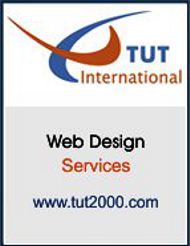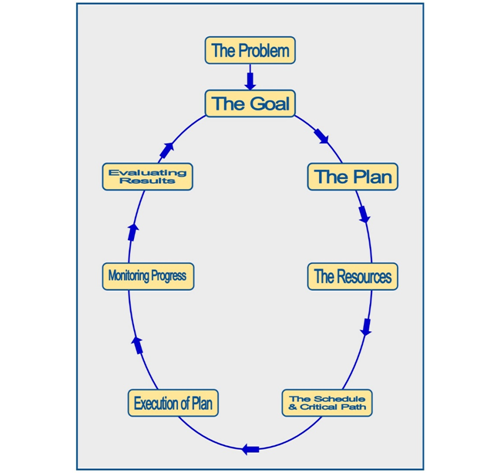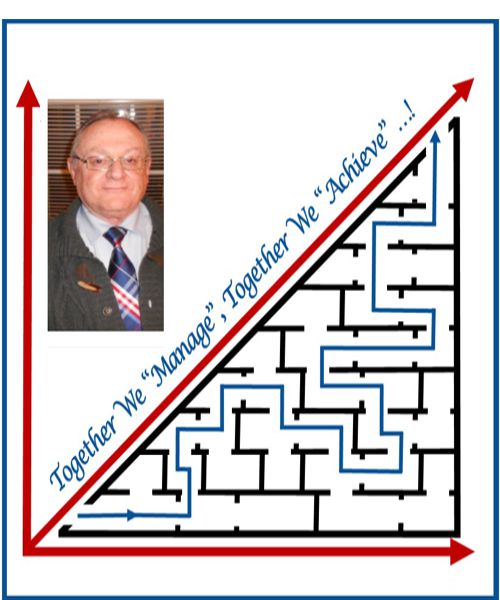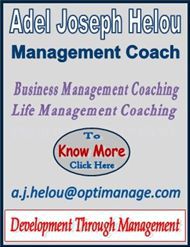Viewpoint
» On "Teaching"
» On "Learning"
» On "Knowledge"
» On "Goals"
» On "Time"
» On “Management”
» On “Reading”
» On "Committees"
» On "A Place to Visit"
» On "Human Resources"
» On "Progress & Development"
» On "History"
» On "Public Speaking"
» On "Organizing"
» On "Motivation"
» On "Teams"
» On "Communication"
» On "Management Coaching"
» On "Traveling"


On "Progress & Development"
By Adel J. Helou
Progress and Development (P & D) may be considered as a change from one state to a better and more mature state. We can see P & D all around us:
To achieve Progress and Development (P & D) one should also understand that it will need management. As you well know; P & D is a process, and it takes time and energy (effort) to move from one state to another. P & D needs management and managerial skills whether it is sought after on a personal level or in a business and commercial enterprise.
Traveling the distance from one state to another by investing the effort over an interval of time is considered work. This is the case for physical as well as intellectual states. Should that activity succeed, the effort and time would have been well spent. Should the activity not succeed, then the effort and time would have been wasted (work would not be achieved) and the process should then be reevaluated and revised as needed to achieve and ensure success.
The most critical element in managing a process or activity is time. Although we talk a lot about time management (or managing time), we do not manage time. We manage activities, operations, and processes within the available or allotted time. This is because time once gone it is gone forever and does not come back. We cannot speed up time. We cannot Slow time down. Time cannot be saved or put aside for future use. We cannot borrow or lend time. Time is a rare commodity with peculiar characteristics. Time should be used wisely and should not be wasted. Look at Figure -1 for an eye opener.
| The use of Time: Time spent on Quality, Safety, and Security is not considered wasted. It is spent to ensure Correct, Acceptable, Safe, and Secure continuity of the process, activity, and/or operation. |
||
Now that we have discussed the element of time a little bit, let us continue to look at managing the process of P & D (see Figure – 2). To manage P & D to realize an improvement – on a personal and/or a business level - needs:

Figure – 2
Cycle of a Progress and Development Activity
Putting a P & D activity in motion will take human resources (including oneself) to see things through moving in the right direction to reach the specified goal. This entails choosing individuals that are:
The above is a list of some of the useful characteristics of individuals that can help in a P & D activity. There may be other characteristics that you may want to add depending on your needs.
Adel J Helou: is a Business and Life Management Coach. He has more than 15 years of experience in production and operations management. The Author has international professional experience in the Middle East markets. He holds a B.Sc. degree in Chemistry and Physics and an M.Sc. in Chemical Engineering. Mr. Helou has pages on Facebook, LinkedIn, Twitter, and Instagram:
facebook.com/AdelJosephHelouManagementCoach/
linkedin.com/in/adeljosephheloumanagementcoach/
Instagram.com/adel.helou
twitter.com/helou_adel
Read about his Management Coaching and the articles he writes, by visiting the electronic magazine (E-Zine): optimanage.com.
The E-Zine has a fb page: facebook.com/optimanagedotcom/.
A.J. Helou can be contacted by e-mail: a.j.helou@optimanage.com (e-mail)
linkedin.com/in/adeljosephheloumanagementcoach/
Instagram.com/adel.helou
twitter.com/helou_adel
Read about his Management Coaching and the articles he writes, by visiting the electronic magazine (E-Zine): optimanage.com.
The E-Zine has a fb page: facebook.com/optimanagedotcom/.
A.J. Helou can be contacted by e-mail: a.j.helou@optimanage.com (e-mail)





